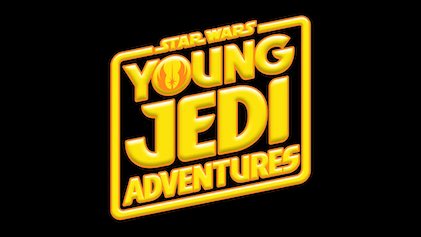Star Trek III: The Search for Spock
Jan. 20th, 2025 07:58 pm
Dude, Where's My Spock?
Major Spoilers for The Wrath of Khan
Spock's death in Star Trek II: The Wrath of Khan probably traumatized Trekkies in the film's time, but the ending showed that there was still hope, and the Original Series film franchise would continue with Star Trek III: The Search for Spock, with actor Leonard Nimoy going behind the camera to direct since his character was, you know, dead. The beginning opens with a recap of all the stuff that led to his death, ending with his space casket lying in solitude on the Genesis Planet. The Enterprise is set to be decommissioned, and the crew ordered not speak about the Genesis Device due to the political fallout over it; politics as usual, which pretty much applies in modern times.
Dr. Leonard McCoy begins acting weird to the point where he has to be arrested, with David Marcus, Kirk's son, key to Genesis' development, and the Vulcan Lieutenant Saavik, portrayed by newcomer Robin Curtis (in a change from Kirstie Alley in The Wrath of Khan), investigating the planet and finding Spock's coffin to be empty--gee, that sounds awfully familiar, but that's definitely a good thing, given my religion. Meanwhile, the Klingon Kruge, portrayed by Christopher Lloyd, is rightfully concerned about the Genesis Device, fearing it could be weaponized against his race, and clashes with Kirk over it.

'ach DaH peghmey tISuj
The rest of the film is spoilerific, and despite the BS "odd number Star Trek film curse" some Trekkies have harped about, I actually enjoyed it the most of all the TOS films, given its great storyline and development. Granted, many of the visual effects haven't aged well, and there is dialogue like Kruge's "Give me Genesis!", but in its time I'm certain it would have really satisfied long-term Star Trek films and give them hope yet in the film franchise whose quality critics probably felt was mixed. You'll definitely have to watch the second film, so you're not lost, but The Search for Spock overall is a great continuation.
| The Good | The Bad |
|---|---|
|
|
| The Bottom Line | |
| Surprisingly, one of the best TOS films. | |
 | |








